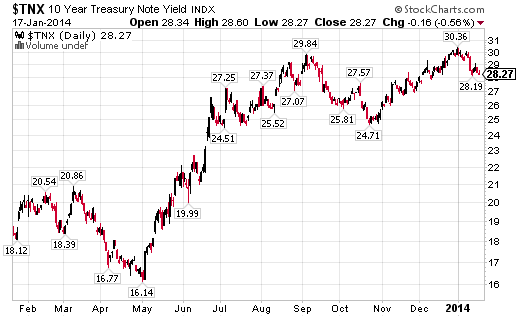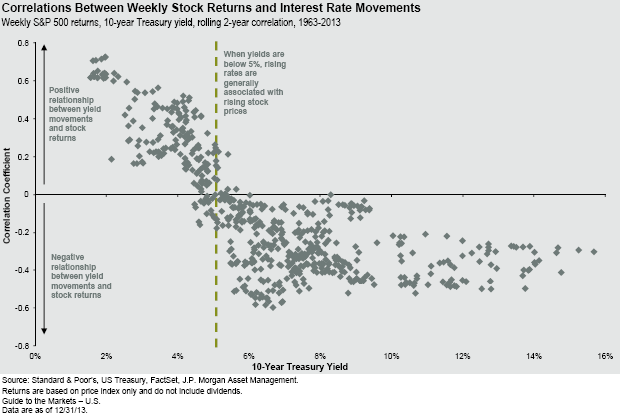 |
| From The Blog of HORAN Capital Advisors |
 |
| From The Blog of HORAN Capital Advisors |
Posted by
David Templeton, CFA
at
10:02 AM
0
comments
![]()
![]()
Labels: Sentiment
"When the masses are against you, it’s hard to stand your ground. Going against the crowd is familiar turf for Michael Hasenstab...and certainly knows the virtue of patience. He has staunchly defended his investment theses over the years, tuning out the naysayers and market noise time and again. Ireland, a country that only a few short years ago, few investors wanted to touch, is a case in point. It’s become one of the biggest turnaround stories emerging from Europe’s debt crisis. Hasenstab continues to stress the importance of taking a long-term view and standing your ground (non U.S. investor link): , and says investors should exercise patience not only in other parts of Europe today, but also in select emerging markets, including China (empahsis added.)"
Posted by
David Templeton, CFA
at
4:12 PM
0
comments
![]()
![]()
Labels: Week Ahead
 |
| From The Blog of HORAN Capital Advisors |
 |
| From The Blog of HORAN Capital Advisors |
 |
| From The Blog of HORAN Capital Advisors |
 |
| From The Blog of HORAN Capital Advisors |
Posted by
David Templeton, CFA
at
2:22 PM
0
comments
![]()
![]()
Labels: Economy , General Market
 |
| From The Blog of HORAN Capital Advisors |
 |
| From The Blog of HORAN Capital Advisors |
 |
| From The Blog of HORAN Capital Advisors |
 |
| From The Blog of HORAN Capital Advisors |
Posted by
David Templeton, CFA
at
9:13 PM
0
comments
![]()
![]()
Labels: General Market
 |
| From The Blog of HORAN Capital Advisors |
Posted by
David Templeton, CFA
at
10:01 PM
0
comments
![]()
![]()
Labels: Newsletter
 |
| From The Blog of HORAN Capital Advisors |
 |
| From The Blog of HORAN Capital Advisors |
 |
| From The Blog of HORAN Capital Advisors |
Posted by
David Templeton, CFA
at
6:03 PM
2
comments
![]()
![]()
Labels: Bond Market , General Market
Posted by
David Templeton, CFA
at
1:37 PM
0
comments
![]()
![]()
Labels: Week Ahead
Posted by
David Templeton, CFA
at
1:50 PM
0
comments
![]()
![]()
Labels: General Market , International
 |
| From The Blog of HORAN Capital Advisors |
Posted by
David Templeton, CFA
at
9:33 AM
0
comments
![]()
![]()
Labels: General Market
Posted by
David Templeton, CFA
at
7:29 PM
0
comments
![]()
![]()
Labels: Week Ahead
 |
| From The Blog of HORAN Capital Advisors |
 |
| From The Blog of HORAN Capital Advisors |
Posted by
David Templeton, CFA
at
5:47 PM
0
comments
![]()
![]()
Labels: General Market , Technicals
 |
| From The Blog of HORAN Capital Advisors |
 |
| From The Blog of HORAN Capital Advisors |
Posted by
David Templeton, CFA
at
1:54 PM
0
comments
![]()
![]()
Labels: General Market

Posted by
David Templeton, CFA
at
11:50 AM
0
comments
![]()
![]()
Labels: Sentiment
 |
| From The Blog of HORAN Capital Advisors |
 |
| From The Blog of HORAN Capital Advisors |
 |
| From The Blog of HORAN Capital Advisors |
 |
| From The Blog of HORAN Capital Advisors |
 |
| From The Blog of HORAN Capital Advisors |
 |
| From The Blog of HORAN Capital Advisors |
 |
| From The Blog of HORAN Capital Advisors |
 |
| From The Blog of HORAN Capital Advisors |
Posted by
David Templeton, CFA
at
1:08 PM
0
comments
![]()
![]()
Labels: Economy , General Market , Technicals